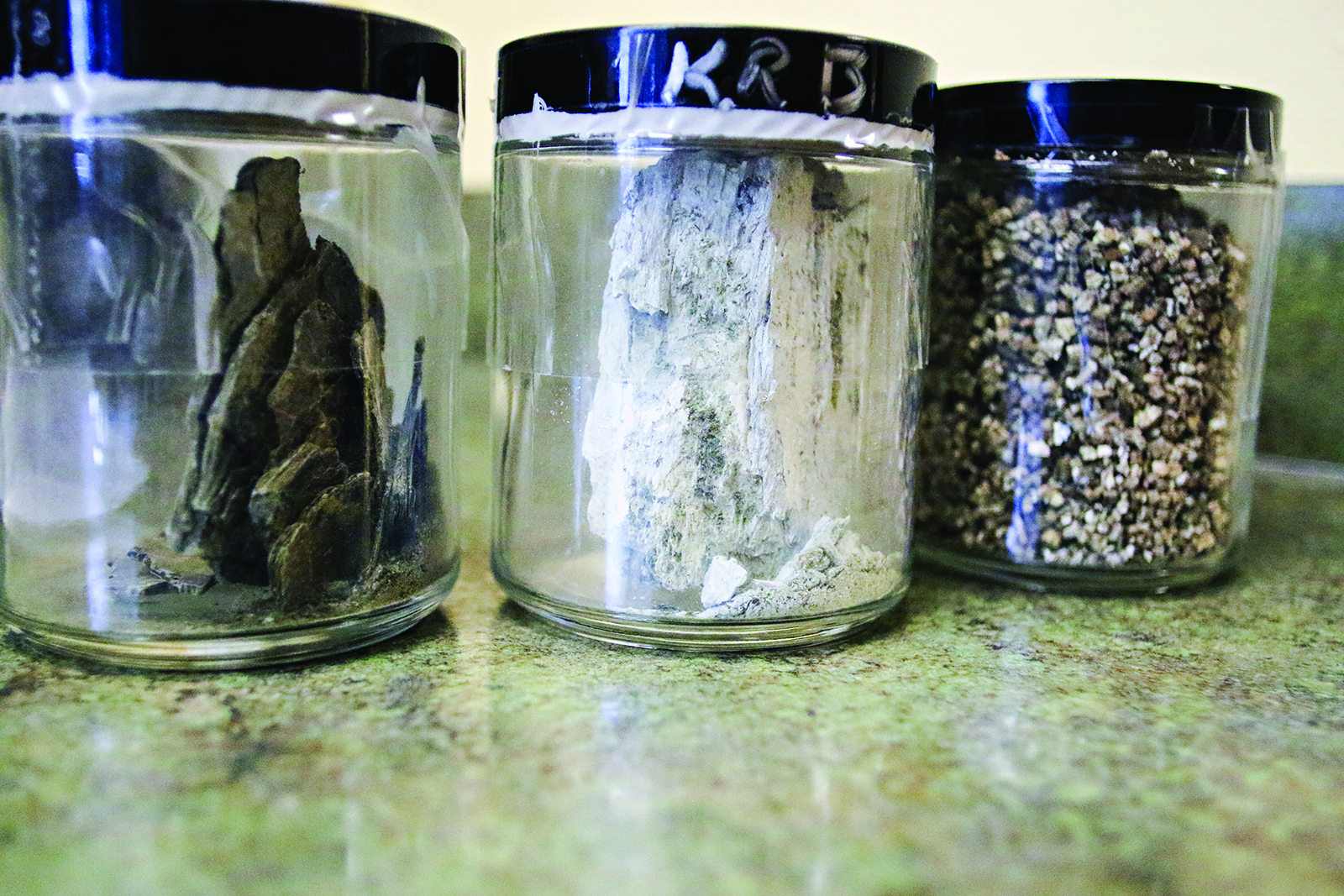EPA Deletes Asbestos-contaminated Libby Railyards from Superfund List
Federal environmental officials say no more cleanup activities are needed on BNSF-owned railyards in Libby and Troy
By Tristan Scott
Officials with the U.S. Environmental Protection Agency (EPA) announced the federal agency is deleting another segment of the asbestos-contaminated Superfund site in Libby from the federal National Priorities List (NPL), determining that all required cleanup activities along BNSF-owned railyards the towns of Libby and Troy, as well as 41 miles of railroad right-of-way, are complete.
Hundreds of people have been killed and thousands sickened following decades of exposure to asbestos from the now-shuttered W.R. Grace and Co. vermiculite mine, once the lifeblood of Libby, where lucrative jobs mining asbestos-laced ore also exposed workers and their families to the deadly fibers. Because the ore was transported by the railway as freight, the contaminated material was spread through town and along the railroad corridor.
According to federal officials, removing the area known as Operable Unit (OU) 6 represents another major step in the sprawling effort to undo more than six decades of contamination in the region, during which the vermiculite mine daily spewed tons of asbestos-laden dust over the Northwest Montana town and its residents.
“This is the fourth time in four years we have removed a section of the site from the National Priorities List, since no additional EPA cleanup is needed,” EPA Regional Administrator KC Becker said in a prepared statement. “This milestone marks half of the Operable Units being deleted from the National Priorities List and demonstrates the progress EPA and our partners have made in the cleanup and restoration of properties in Libby.”
The Libby Asbestos Superfund site was placed on EPA’s NPL in 2002 due to high levels of Libby Amphibole asbestos in and around the communities of Libby and Troy, as well as a steady uptick in asbestos-related disease. The site is divided into eight Operable Units. Three Operable Units had already been partially deleted and include OU1 (the Former Export Plant, 2022), OU2 (the Former Screening Plant, 2019), and OU8 (30 miles of roads and right-of-way, 2021).
According to EPA officials, the federal agency is deleting OU6 based on a determination that no further remediation action is needed to protect human health and the environment. The area will continue to be subject to operation and maintenance activities, including regular reviews to ensure protectiveness of the remedy. EPA will continue to address contamination concerns at the remaining Operable Units of the Libby Asbestos site, including the former W.R. Grace mine site.
The decision to remove OU6 from the NPL was made by both the EPA and the Montana Department of Environmental Quality (DEQ), which will assume jurisdiction of OU6.
“The deletion of OU6 from the National Priorities List is another accomplishment for the Libby Asbestos Superfund site and for Lincoln County. It’s always a celebratory day when DEQ and the EPA can announce that a portion of a Superfund site is cleaned up and protective of human health,” DEQ Federal Superfund and Construction Bureau Chief Matt Dorrington said in a prepared statement.
For more information on the Libby Superfund Site visit the EPA’s web page here.